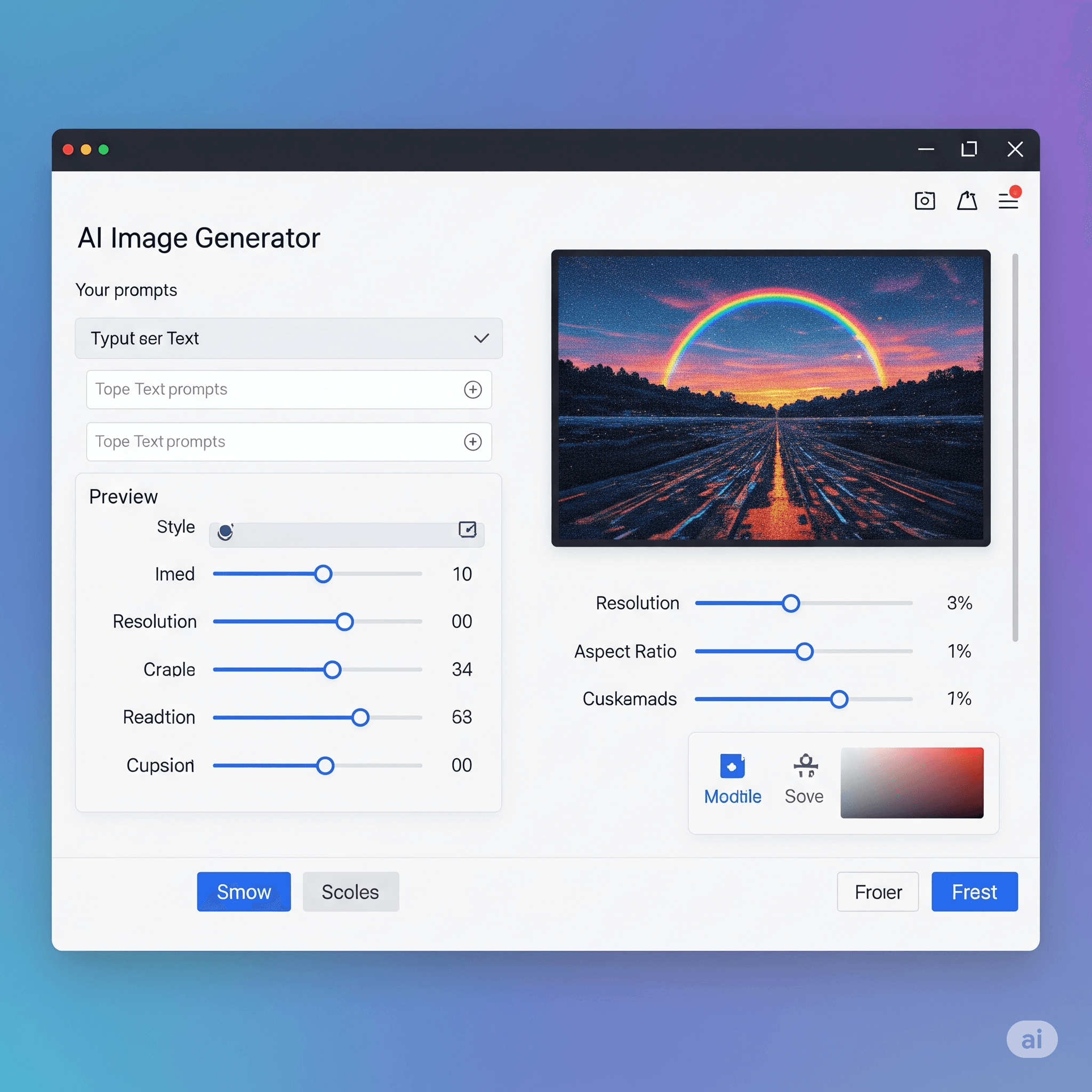Question: Which of the following functions are performed by UDP?
Answer:
- Process-to-process communication refers to the exchange of data between two processes running on different hosts connected over a network. This communication takes place at the transport layer of the OSI (Open Systems Interconnection) model, which is responsible for providing reliable and efficient end-to-end communication services to applications.
- To enable process-to-process communication, each process is assigned a unique identifier called a port number, which is used by the transport layer protocols such as TCP (Transmission Control Protocol) or UDP (User Datagram Protocol) to identify the source and destination processes. The source process sends data to the destination process by encapsulating it into a packet, which includes the port numbers, sequence numbers, and other control information needed to ensure reliable delivery.
- Process-to-process communication is essential for many networked applications, such as web browsing, email, file transfer, and video streaming, which rely on the transport layer protocols to ensure that data is transmitted correctly and efficiently between hosts.
MCQ: Which of the following functions are performed by UDP?
Correct Answer:
A. process-to-process communication
Explanation:
- Process-to-process communication refers to the exchange of data between two processes running on different hosts connected over a network. This communication takes place at the transport layer of the OSI (Open Systems Interconnection) model, which is responsible for providing reliable and efficient end-to-end communication services to applications.
- To enable process-to-process communication, each process is assigned a unique identifier called a port number, which is used by the transport layer protocols such as TCP (Transmission Control Protocol) or UDP (User Datagram Protocol) to identify the source and destination processes. The source process sends data to the destination process by encapsulating it into a packet, which includes the port numbers, sequence numbers, and other control information needed to ensure reliable delivery.
- Process-to-process communication is essential for many networked applications, such as web browsing, email, file transfer, and video streaming, which rely on the transport layer protocols to ensure that data is transmitted correctly and efficiently between hosts.
Discuss a Question
Related Questions
- 1. A port number is _______ bits long.
- 2. Which of the following does UDP provide?
- 3. The source port number on the UDP user datagram header defines _______.
- 4. To use the services of UDP, we need ________ socket addresses.
- 5. UDP packets are called __________ .
- 6. UDP packets have a fixed-size header of _______ bytes.
- 7. TCP is a __________ protocol.
- 8. TCP groups a number of bytes together into a packet called a ___________.
- 9. TCP is a(n) ___________ protocol.
- 10. TCP is a(n) _______ transport protocol.
You may be interested in:
Computer Networking MCQs






